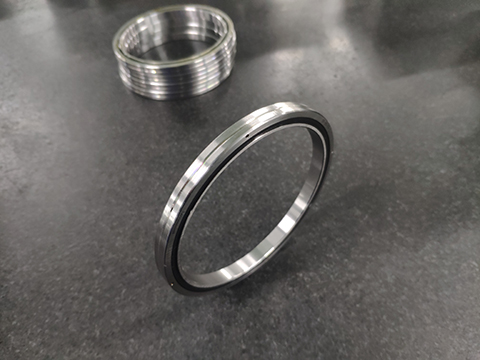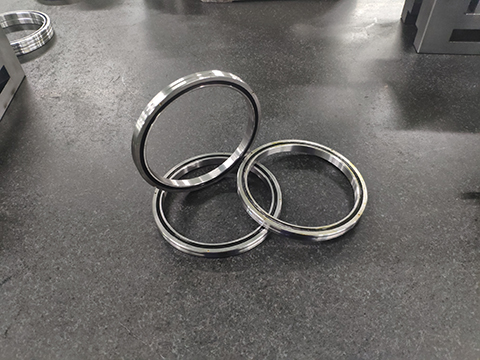The limiting speed of a thin-walled bearing is the highest speed that the bearing can reach when it is running. It mainly depends on the relationship between the heat generated by friction and the heat dissipated when the bearing is running, as well as the bearing material, structural size, clearance, load, and retention. The frame material and structure are closely related to the guiding method, lubrication method, lubricant dosage, bearing cooling status and other factors.
Generally speaking, bearing samples give the limit speed of a single set of bearings under grease lubrication and oil lubrication. The applicable conditions for thin-walled bearings are: open bearings with standard structure, ordinary level accuracy, and basic set clearance; sufficient Lubrication conditions; the equivalent dynamic load is less than 10% of the rated dynamic load of the bearing; at an ambient temperature of 20°C, the temperature rise of the bearing is 50°C; the radial bearing only bears radial load, and the thrust bearing only bears axial load.
If the actual operating conditions of thin-walled bearings are different from the above applicable conditions, the actual higher operating speed will be lower than the reference limit speed value given in the sample. The limit speed of double or triple bearings can generally reach 60%-80% of a single set of bearings.
Improving the accuracy of thin-walled bearings and appropriately increasing bearing clearance can increase the bearing's ultimate speed to a certain extent, but the specific increase is difficult to quantify; it is more effective to use lightweight materials to make cages or design cages with special structures. The lubrication method can greatly increase the limit speed of the bearing, which can reach 3 to 4 times the limit speed given in the sample.



